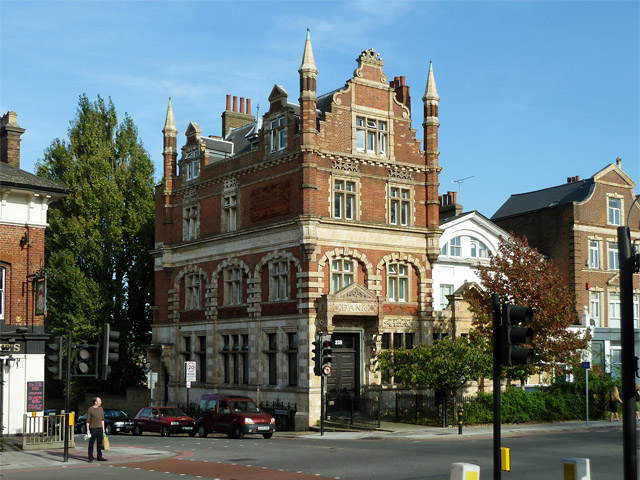Nazhrat Iqbal was a Special Collections & Archives Intern over the summer, part of the Interns on Campus initiative.
The Special Collections and Archives has a wide selection of resources, covering many different subjects that is open to all students, no matter what your degree or studies may be.
There were many topics I enjoyed exploring while working in the archives but as a student of sociology, I was naturally curious about the papers on Fascism by Victor Seidler, who also discussed sexuality, anarchism, the political climate of Chile in 1973, etc. These papers highlighted Fascism in London; I find this particularly interesting as while studying this topic in sociology, fascism is always tied to countries like Russia, Nazi Germany or Mussolini’s Italy that are all historic for its totalitarianism but hasn’t been explored in smaller and less obvious communities like London.
Siedler had collected a number of Race Today Magazines which offered different experiences of People of Colour, telling stories of the racism they suffered. I was very curious about how Fascism impacted the South-Asian communities, a community I grew up in and am a member of. It’s not often that archives would have any history or material referencing this race group and I was eager to see how the community has changed and by what influences. The magazines informed the discriminations South-Asian people experienced at work, being restricted to cheap labour and excluded from better skilled and higher paying work, which was unsurprising given the works of fascism. The magazines also noted Race Relations Act was not developed to prohibit racial discrimination, however it was passed when Black members of the US community reacted with violence to their own abuse and demanded change be made to their treatment. The government only acted on change when they were concerned about their reaction of POC, not to prevent further discrimination.
It’s not to say that it isn’t interesting to focus on the common and large scale examples of Fascism. There was on particular book called the Soviet Cinema which was tailored to inform readers outside the USSR how superior Russia was. It was one of the most amusing things I’ve read as their intentions to promote the greatness is so apparent; according to the book, Russian news-reel presented ‘a country which creates new material and human values.’ It also claims Soviet Cinema is able to capture the ideals of the Lenin and Stalin party and was devoted to art rather than commercialism of the Western Cinema. In Russia, film represented the national economy and was a means of reinforcing socialisation. It wasn’t before reading this book that I realised how monitored cinema was in Russia as the text claims a large part of employees in this industry received council from Stalin. This reminded me of a documentary I watched called Icarus, which stated that Putin developed an illegal doping programme for athletes because each time Russia would achieve a medal in the Olympics, his popularity would increase; perhaps the achievement of cinema had the same effect on Stalin’s popularity.
Exploring the archives, I was able to learn quite a bit on Russian Avant-Garde. My first day at Special Collections, I was given MAKE Magazines where I become increasing interested in an artist called Marevna and her unconventional use of cubism. I have no prior art background but that did not restrict me from learning about other RAG artists, such as Natalya Goncharova. From the books in the archive, I learnt that Goncharova held the belief that ‘painting could do everything sculpture could not’ and had a significant role in developing the group ‘Knave of Diamonds’. The group was said to be inspired by the early work on Picasso and curiously, I checked the archives to compare Picasso’s work and what techniques they may have taken from him. It was also enjoyable when I had the opportunity to visit the Natalya Goncharova exhibit at Tate Modern as I had the luxury to see all her art work in real life, as I was used to only seeing it in books. Avant-Garde and art is a new subject for me and it was great to be introduced to in through SCA. There were other forms of AG which caught my interest; suggest as Japanese AG and the way art was influenced by Post-Hiroshima.
-Nazhrat Iqbal
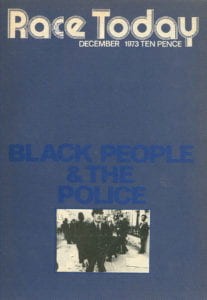
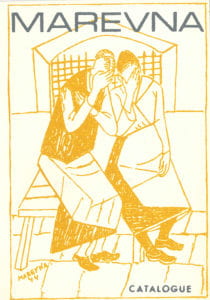
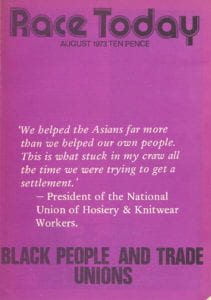
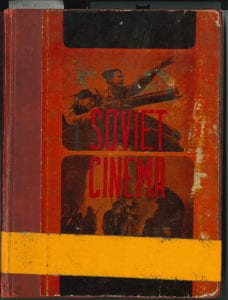
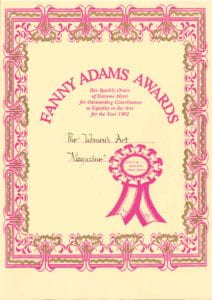
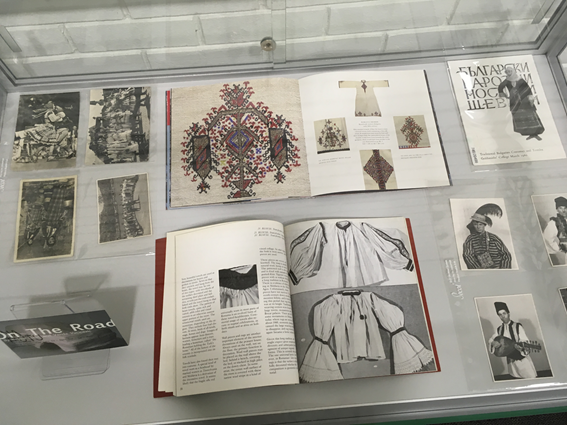 at the placement. Firstly, I had to do a bit of research on the Balkans. If I did not know anything about the Balkans, how was I supposed to find sources for the exhibition? Once that was all sorted out, I looked through the special collections and library catalogues to find sources. In order to keep track of the sources I found, I made a table. These tasks marked my first day working on the exhibition. The next day was a lot more varied. I was moving around, which was a nice change from having my fingers glued to the keyboard. I had to physically collect the sources; most of which were luckily in Special collections. The exception were 2 vinyls from the vinyl collection in the library. I spent about an hour trying to find the vinyl collection, only to find one was not available. I actually checked their availability on the catalogue before I went, just in case anyone was wondering. This part was right up my street: I had to analyse the sources to see if they were suitable. I kept most of the sources, apart from a few books and letters. The letters were very difficult to decipher — rich coming from me with my handwriting. When I eventually did decipher them, I found them to be irrelevant. Was it a waste of time deciphering them in the first place? Maybe, but if the source turned out to be detrimental to the exhibition, I would have slated myself for being so lazy.
at the placement. Firstly, I had to do a bit of research on the Balkans. If I did not know anything about the Balkans, how was I supposed to find sources for the exhibition? Once that was all sorted out, I looked through the special collections and library catalogues to find sources. In order to keep track of the sources I found, I made a table. These tasks marked my first day working on the exhibition. The next day was a lot more varied. I was moving around, which was a nice change from having my fingers glued to the keyboard. I had to physically collect the sources; most of which were luckily in Special collections. The exception were 2 vinyls from the vinyl collection in the library. I spent about an hour trying to find the vinyl collection, only to find one was not available. I actually checked their availability on the catalogue before I went, just in case anyone was wondering. This part was right up my street: I had to analyse the sources to see if they were suitable. I kept most of the sources, apart from a few books and letters. The letters were very difficult to decipher — rich coming from me with my handwriting. When I eventually did decipher them, I found them to be irrelevant. Was it a waste of time deciphering them in the first place? Maybe, but if the source turned out to be detrimental to the exhibition, I would have slated myself for being so lazy. Setting up the exhibition was the highlight of my day. It was a lot harder than I first anticipated. Getting the books to stay on the pages I wanted them to required a lot of DIY on my behalf. I eventually figured out the solution: making a stand out of foam blocks, binding together the blocks and book and then taping them together. I was pretty impressed with my efforts. They were not on the same level as many other exhibitions I have been to, but ju st being able to help with an exhibition was so enjoyable. I tried my best to present the items in an organised and creative way. The images of Balkans dancers were my favourite source. The women resembled dolls and I could hear the instruments, probably because I listened to Balkans music the day before. The other sources used were books on Balkans textiles, a CD and the vinyls mentioned earlier.
Setting up the exhibition was the highlight of my day. It was a lot harder than I first anticipated. Getting the books to stay on the pages I wanted them to required a lot of DIY on my behalf. I eventually figured out the solution: making a stand out of foam blocks, binding together the blocks and book and then taping them together. I was pretty impressed with my efforts. They were not on the same level as many other exhibitions I have been to, but ju st being able to help with an exhibition was so enjoyable. I tried my best to present the items in an organised and creative way. The images of Balkans dancers were my favourite source. The women resembled dolls and I could hear the instruments, probably because I listened to Balkans music the day before. The other sources used were books on Balkans textiles, a CD and the vinyls mentioned earlier. guides and clothing filled the archives. I was blown away by the phenomenal attention to detail that went into the clothing available. The stitching was great, and the prints were stunning. I am particularly in love with embroidered garments, and there were so many. There was one outfit; it looked almost tribal in design. It was beautiful. The embroidery was so elaborate. I wonder if anyone else wanted to wear the outfit — I certainly did. The price of similar clothing in shops can have a maximum price range of well into the thousands. Why should self-expression come with such a high cost? It is because the 21st century likes to associate itself with being very fashion forward.
guides and clothing filled the archives. I was blown away by the phenomenal attention to detail that went into the clothing available. The stitching was great, and the prints were stunning. I am particularly in love with embroidered garments, and there were so many. There was one outfit; it looked almost tribal in design. It was beautiful. The embroidery was so elaborate. I wonder if anyone else wanted to wear the outfit — I certainly did. The price of similar clothing in shops can have a maximum price range of well into the thousands. Why should self-expression come with such a high cost? It is because the 21st century likes to associate itself with being very fashion forward. A lot of the prints in the collection are making a resurgence into fashion today. Some never even left — plaid and lace for example. Elegance is the word I would use to link together all of the old fabrics. Would I use that word today? Maybe not as much. I commend people who take risks, but some risks are just too much. I am a firm advocate of body confidence, but what is up with those see-through jeans? You might as well wear only your underwear, especially since they are not cheap. If your see-through jeans are your favourite clothing item, then good on you. Each to their own.
A lot of the prints in the collection are making a resurgence into fashion today. Some never even left — plaid and lace for example. Elegance is the word I would use to link together all of the old fabrics. Would I use that word today? Maybe not as much. I commend people who take risks, but some risks are just too much. I am a firm advocate of body confidence, but what is up with those see-through jeans? You might as well wear only your underwear, especially since they are not cheap. If your see-through jeans are your favourite clothing item, then good on you. Each to their own.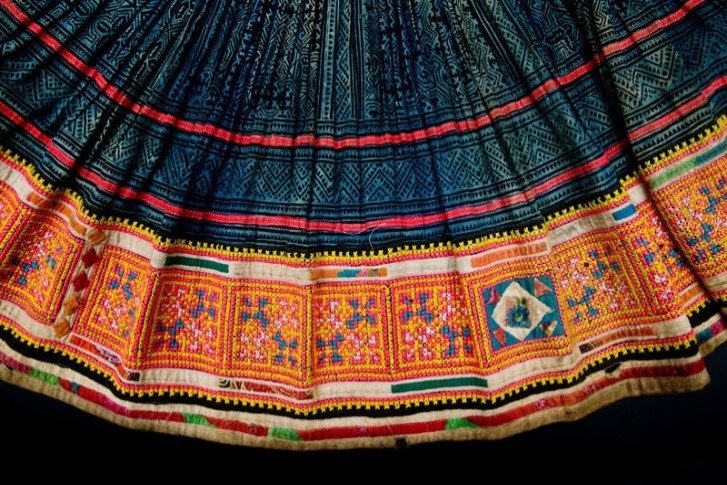 women in England, predominantly in the 19th century. They all dressed in similar coloured and styled clothes: suede skirt suits with crisp white shirts. There was no real sense of individuality — more a sense of professionalism. That is the biggest change from the 19th century to now. Clothes are more powerful as instruments of our identity. They reflect what we stand for. I wish there was a compromise between the two generations: individuality, decent prices and informed fashion choices.
women in England, predominantly in the 19th century. They all dressed in similar coloured and styled clothes: suede skirt suits with crisp white shirts. There was no real sense of individuality — more a sense of professionalism. That is the biggest change from the 19th century to now. Clothes are more powerful as instruments of our identity. They reflect what we stand for. I wish there was a compromise between the two generations: individuality, decent prices and informed fashion choices.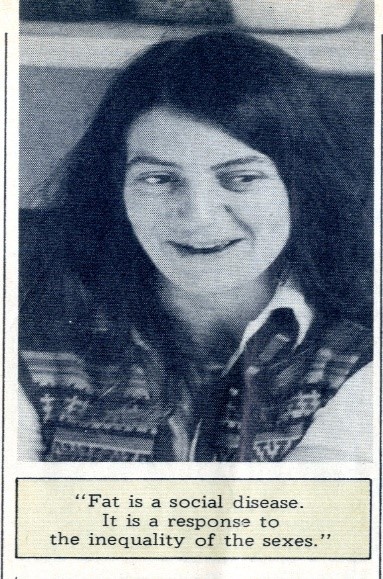 reversing this stereotype. You really have to read some of the magazines- they are beyond empowering. For more information about Spare Rib, please click on the link attached: https://www.bl.uk/spare-rib. Many of the topics broached are so relevant to today. One interview that really drew me in was called: Fat is a feminist issue by Susie Orbach. Susie, co-founder of the Women’s Therapy Centre in London, was a compulsive eater. She describes the unfair reality of being fat; being ordered to lose weight by going on every diet under the sun. She also links fat to power. I never would have thought that fat could represent strength, assertion and health until I read her interview. She also stated that you had to look beyond a person’s weight to uncover who they truly are. She argues that fat is commonly used by women as a means of bringing their intelligence to the forefront, instead of their beauty. Many people who lose weight said they felt like a doll, constantly drooled over by herds of men. Why must women try to hide away their physical attractiveness to be taken seriously in the work place? One has to wonder, can’t being self-indulgent be a way of showing you love your body? Restricting yourself to certain foods is just for an artificially constructed image.
reversing this stereotype. You really have to read some of the magazines- they are beyond empowering. For more information about Spare Rib, please click on the link attached: https://www.bl.uk/spare-rib. Many of the topics broached are so relevant to today. One interview that really drew me in was called: Fat is a feminist issue by Susie Orbach. Susie, co-founder of the Women’s Therapy Centre in London, was a compulsive eater. She describes the unfair reality of being fat; being ordered to lose weight by going on every diet under the sun. She also links fat to power. I never would have thought that fat could represent strength, assertion and health until I read her interview. She also stated that you had to look beyond a person’s weight to uncover who they truly are. She argues that fat is commonly used by women as a means of bringing their intelligence to the forefront, instead of their beauty. Many people who lose weight said they felt like a doll, constantly drooled over by herds of men. Why must women try to hide away their physical attractiveness to be taken seriously in the work place? One has to wonder, can’t being self-indulgent be a way of showing you love your body? Restricting yourself to certain foods is just for an artificially constructed image. Feminism is about far more than just physical appearance. It is not as simple to define as many would like to believe. Does feminism mean equality between the sexes, or superiority of women over men? There are internal debates on every topic under the umbrella of feminism. What must a women do to be a feminist? Some would argue that having a family equals a bad feminist. They are letting their family take precedence over their career and life goals. What about if a women’s life goal is to have a family, and since when did having a family mean you were giving up your career?
Feminism is about far more than just physical appearance. It is not as simple to define as many would like to believe. Does feminism mean equality between the sexes, or superiority of women over men? There are internal debates on every topic under the umbrella of feminism. What must a women do to be a feminist? Some would argue that having a family equals a bad feminist. They are letting their family take precedence over their career and life goals. What about if a women’s life goal is to have a family, and since when did having a family mean you were giving up your career?  The other side of the argument links infertility to being flawed as a woman. We need to see women as more than just mothers and objects, or feminism really is not for all women after all. The thought-provoking moments that I get every time I visit the Women’s Art Library are insane. It is true that we never really stop to think about topics unless we are exposed to them frequently.
The other side of the argument links infertility to being flawed as a woman. We need to see women as more than just mothers and objects, or feminism really is not for all women after all. The thought-provoking moments that I get every time I visit the Women’s Art Library are insane. It is true that we never really stop to think about topics unless we are exposed to them frequently.


